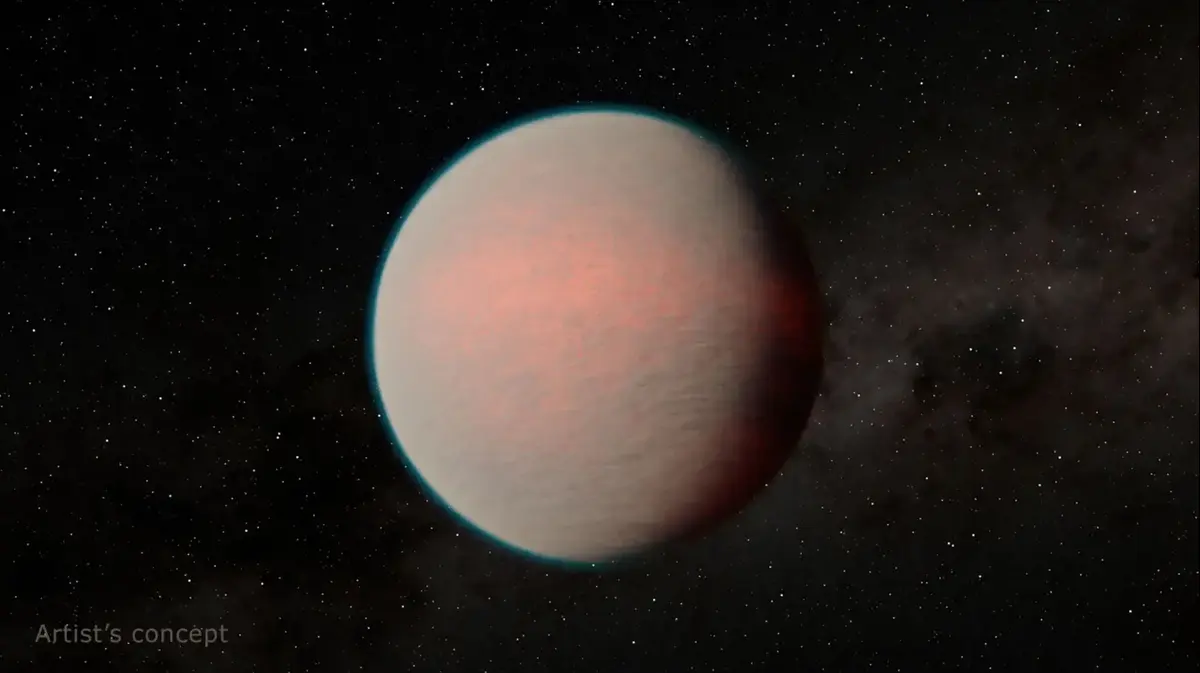Star GJ 1214b (Photo: NASA/JPL-Caltech/R. Hurt (IPAC))
The Webb Space Telescope, the joint venture of NASA, the European Space Agency and others, continues its mission to uncover the surfaces of the universe. This time, the powerful telescope's eye turned to a mysterious star called GJ 1214b, located 48 light-years from Earth. GJ 1214b was discovered back in 2009, but 14 years ago there were no suitable tools to study it. Now Webb provides the necessary response, revealing his conscience for the first time.
GJ 1214b is a "mini-Neptune": it is a star larger than Earth, but smaller than Neptune and similar in composition, in that it is enveloped in a thick layer of clouds. According to Eliza Kempton, one of the astronomers who conducted research on him at the University of Maryland and published in Nature magazine.
Astronomers speculate that GJ 1214b may once have been a water star, since its atmosphere is filled with steam, but where did it come from? The hypothesis that the surface of the star was once covered with frozen water and other substances. The researchers believe that the star may have formed as a frozen star deep in its solar system, and then approached its Sun, which is less bright and older than our Sun. GJ 1214b currently orbits its Sun every 1.6 days, and its current position is unfriendly to water stars.
"The simple explanation is that if you find a star rich in water, it probably formed at a greater distance than the star it orbits," Kempton summarizes their study of the mysterious star.
- technology
Tags
- James Webb

